Saucony Responds With New Endorphin Line
If Saucony’s Endorphin series, due out in mid-2020, does not close the Kinvara chapter for this tech run shoe brand, at least it turns the page. Mind, the Kinvara may well and probably will remain a fixture in the Saucony line. The Kinvara brought big success to Saucony with triathletes, but the Endorphin’s line of new shoes in the 7 to 10 ounce weight range isn’t a complement to the Kinvara – for triathletes it will likely displace it. The Endorphin line (the Pro and Speed at least) are designed for the Kinvara use case.
The important caveat is that I haven’t run in these shoes. But if lighter, springier, architecturally superior, means better, then the Endorphin line could regain for Saucony users who’ve recently fled for the sort of shoe (made by Nike and HOKA) that I'm writing about here.
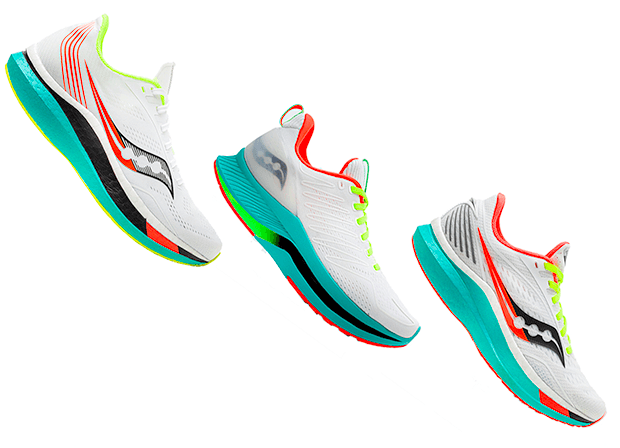
I don’t know if Saucony will appreciate the way I put this, but if Nike and HOKA mated and had a baby it would be the Endorphin series. Yes, the line has Saucony’s own secret sauce, but the point is that Saucony hasn’t chosen the path of many of the other footwear brands: incremental steps, baby steps, a tiptoe, toward what users very clearly want. Saucony didn’t make a shoe one-third of the way toward the template that will rule the shoe industry during the 2020s. It made a line of shoes that elbows its way smack into the conversation.
Let’s go through the shoes one by one.
Endorphin Pro
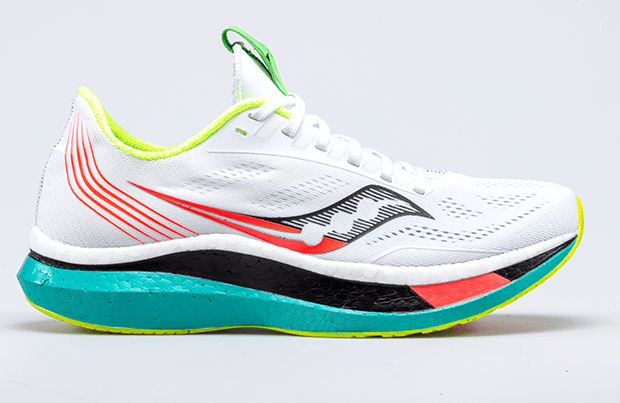
Looks kind of like a Nike, doesn’t it? No surprise there. Saucony lost, among triathletes, about half its hard earned market share to Nike over the past year (based on a blend of Ironman shoe counts and our own polling). Right around 2010 Saucony had a 10 percent reader preference among Slowtwitchers, but by 2011 that had shot up to 16 percent. What happened that year? The Kinvara. Saucony's share has remained between 16 and 18 percent over the years, but at Ironman Arizona a couple of weeks ago Dave Jewell reports that HOKA and Nike were worn by more than half the contestants, while Saucony's use slipped below 10 percent.
This is how quickly things can change. It did change that fast for Saucony in 2011 and for Nike now. Which just goes to show you, it’s possible to have it and lose it and that goes for Saucony and Nike.
The Pro is a 7.5oz shoe. Nike’s ZoomX Vaporfly NEXT%, and the Vaporfly 4% Flyknit, are each in that same mid-7oz area, and this is about the lightest a triathlete is likely to use. (Remember, you’re not running a marathon in an Ironman, when you dismount from the bike its like you begin at mile-10 of the run and you end at mile-36).
The Pro has that pair of sexy material features that check the boxes for discerning racers: a full-length carbon plate, and a PEBA-based midsole foam. The reason HOKA so animated me back in 2010 – when it had one, single, clunky, offroad model – is that it was cushioned; it had forefoot as well as rearfoot cushion; it had a bucket seat architecture; and it had an outsole profile that got the heel out of the way during footstrike, and the toe out of the way during toe-off. If you look at HOKA’s Carbon X, Nike’s % shoes, and this new Saucony, you can see that rounded heel and toe, and cushion along the entire shoe, is today’s magic formula.
Saucony has introduced what it calls its SpeedRoll Geometry, that “delivers a propulsive toe-off that makes running feel faster and easier.” HOKA, when it was first introduced in 2010, called its geometric outsole shape its Meta-Rocker. I remember sitting in a think tank with South African running legend John Halberstadt, him telling everyone “It’s the Rocker! You’re forgetting the Rocker!” as most of the rest in the room were focused only on the cushion that HOKAs provided. Saucony has correctly understood that it’s not just carbon plates and PEBAX, it’s construction and geometry that makes a shoe fast and comfortable.
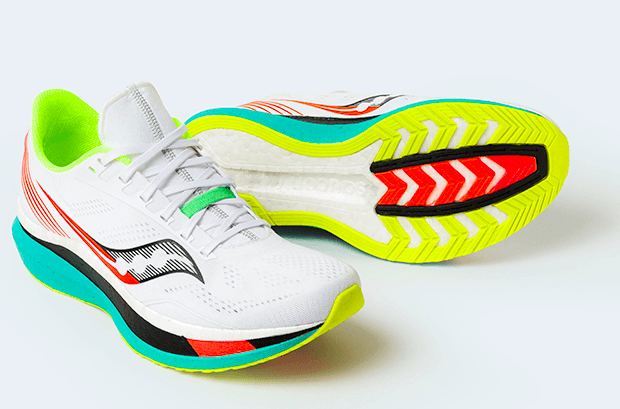
PEBA is a thermoplastic elastomer. It stands for Polyether Block Amide, and it is fast replacing EVA – Ethyl Vinyl Acetate – as the midsole foam of choice. Zotefoams, Arkema, Vestamid, are all examples of companies making PEBA foam. One could reasonably expect shoe companies to brand the PEBA foam each is using. Saucony brands its PEBA foam PWRRUN PB. Saucony says this foam is 40% lighter than its own (non-PEBA) PWRRUN+, “while offering 88% energy return." It also claims that this new foam "is also dramatically more flexible and durable than EVA.” This is the foam used in the Endorphin Pro.
Me? I can’t run in the Pro. Why? Because I need a more supportive shoe – specifically one that can withstand the pressure of my overpronating gait crashing down on my orthotic which, in turn, crashes down on the medial arch of the shoe. If I have an interest in running in a shoe I first look at the underside. If it's sculpted in at the waist – if the outsole makes an hourglass shape – the shoe is unlikely to withstand the pressures I apply to it. Second, I look at the midsole, and see whether it creeps up around the upper, cradling it, creating that “bucket seat” into which my foot drops when entering the shoe. This isn’t that shoe. Not for me. But none of the Nikes are either. Never have been. Nor was the Kinvara. If you’re either a Kinvara or a Nike user, the Pro may well work for you.
Endorphin Speed
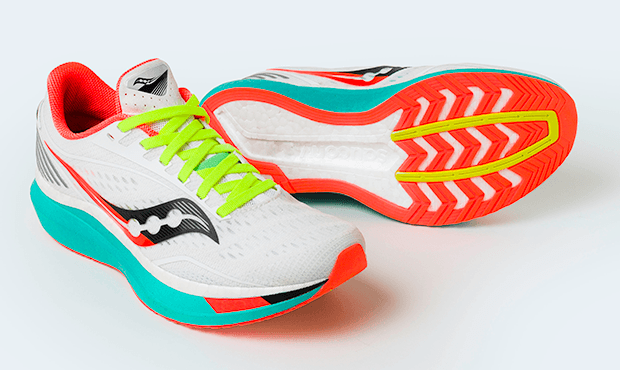
The Speed shares with the Pro that same SpeedRoll Geometry and PWRRUN PB midsole material. The full length plate is not carbon but TPU (thermoplastic polyurethane). The shoe weighs 7.8oz versus the Pro’s 7.5oz, and each shoe (Pro and Speed) features an 8mm heel-to-toe drop. You might find this a rather tallish drop, but drop nowadays probably needs to be considered not simply in static terms, but how the midsole responds to compression. If the shoe, after initial footstrike, compresses more if it’s made with a less dense foam, imagine a long-travel MTB fork. The geometry of this shoe (and the Pro) changes when compressed, more so than the Shift (which we’ll get to), and that means the Shift’s 4mm drop runs similarly to the 8mm drop in the first 2 shoes in the Endorphin line.
At least, that’s the idea. I have seen the shoes, felt, tasted and smelled them, but I have not run in them.
The Speed is a $160 shoe, as opposed to the $200 Pro above. I don’t sense much difference in the use case of these first two shoes, mostly in the performance and the difference is mostly in the three-tenths of an ounce in weight, which is to say, barely any difference at all. Is there a measurable difference in the performance of a TPU plate versus a carbon plate? I don’t know. I’m suspicious of any such claim. I’m of the opinion that the revolution in midsole foam; the acknowledgement that forefoot cushion matters; and the geometry of these new shoes; matters more than the carbon plate. The carbonness of the plate gets all the attention. Carbon (rather than TPU) does not supercharge the engine. It’s not the hemi head in the engine; it’s probably more utilitarian than the hood ornament; but it’s closer to the hood ornament.
Endorphin Shift
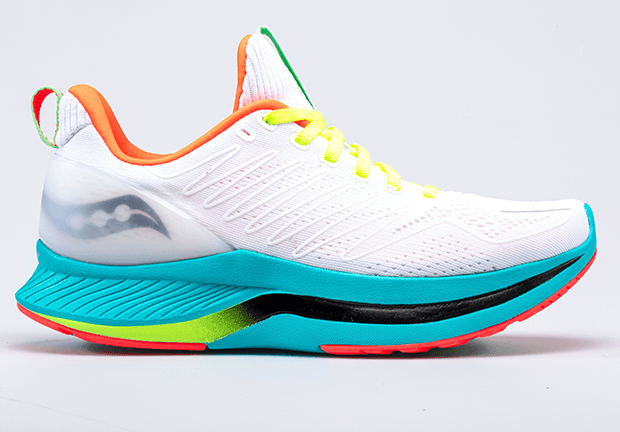
This is a more substantial shoe than the Pro or the Speed, for more substantial runners. Remember, the world’s best male triathletes weigh 30 or 35 pounds more than the world’s best marathoners, on average. The world’s best multisporters always know when they need more bike tire than, say, a pure time trialist. I don’t know that they always realize when they need more shoe. Certainly the average triathlete – you and me – needs more shoe.
This is the only shoe of the 3 that I can run in, and I can because of, according to Saucony, “an extended TPU heel counter that works in unison with the medial rubber wrap to create structural support.” That semi-transparent plastic around the heel is that TPU heel counter, and the teal midsole creeping up the side of the shoe is that "medial rubber wrap."
This is a 10.1oz shoe, which makes this shoe something between a Clifton and a Bondi in the HOKA line. There is no PEBA foam, and there is no full length plate underfoot, which makes this shoe not so different, for me, from the vintage Bondi B from HOKA that I just got done running in. I’m hoping to get a pair of the Shift to try, to see if this is a possible replacement for the Bondi, the Vanquish, the Elevon that I’ve been running in, as these HOKA trainers have been uneven in their utility for me over the past half-dozen years.
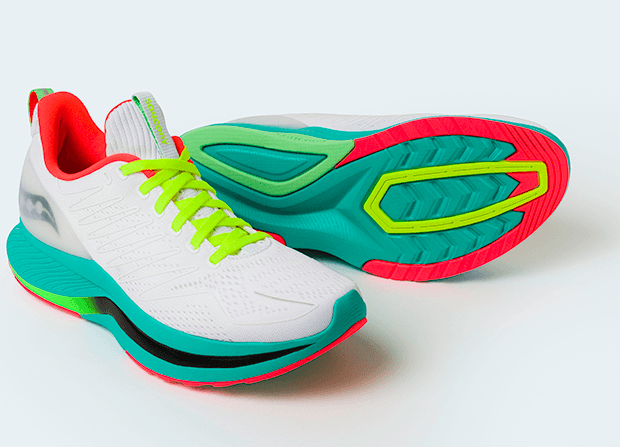
What I like about the Saucony Shift is that it’s not simply a low-drop shoe (4mm) but that it’s got a lot of cush underfoot, with both the heel and the midfoot north of 30mm of height, if I understand this shoe right. It’s got the bucket seat style midsole wrap of the upper; it’s not so sculpted in the waist of the shoe, and it’s almost an ounce lighter than the Bondi 6 (it appears to me more like HOKA’s Vanquish, a really nice shoe taken out of the line and replaced by the not-at-all-plush Elevon).
Here’s what I don’t like about the Shift; or anything by HOKA; or anything from Nike: Run shoe companies seem to think that high performance foam only goes in 7oz shoes. I’m celebrating my 50th year as a competitive runner this year. I care about my running. I don’t care whether my shoe weighs less than a nickel. In point of fact, I have nickels, a fair number of them, and I’m not afraid to spend them on run shoes. I don’t drink; I don’t take drugs; I don’t drive an extravagant car; I don’t wear an expensive watch. I spend on good run shoes. I know where and when to spend on performance. Asics had me in mind when it made the Metaride. (Whether the Metaride works is the subject for another time, just, it had me in mind.) It would be nice if a run shoe brand put all its new, cool tech into a 10oz shoe because my race flat is the shoe I date; my 10oz shoe is the one I marry.
The Endorphin Collection will be available in men’s sizes 7-13, 14 and 15, and women’s sizes 5-12. The Endorphin Pro will be available June 1, 2020; the Endorphin Speed on July 1. It’s not easy to find it from Saucony’s home page, so here’s the direct path to the Endorphin Collection.



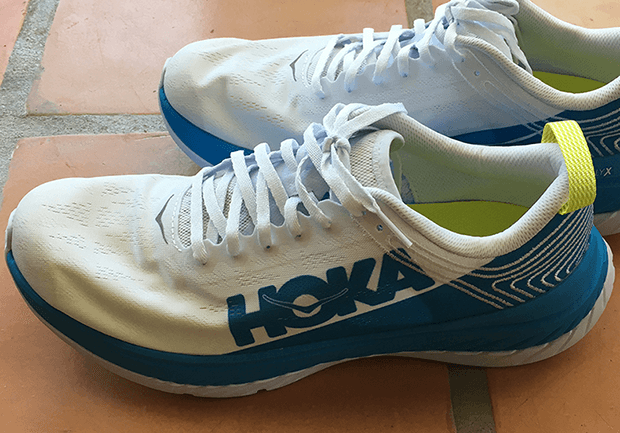
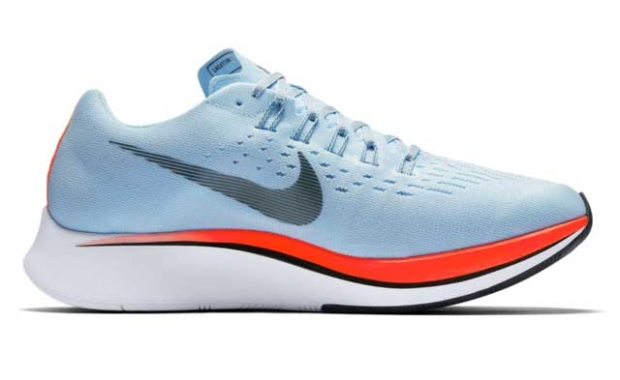
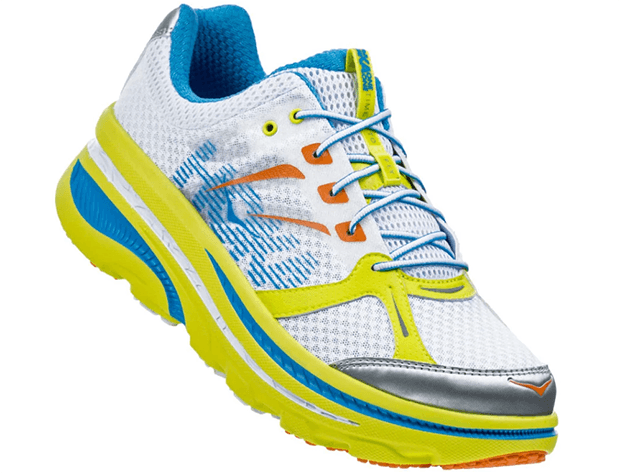

Start the discussion at forum.slowtwitch.com